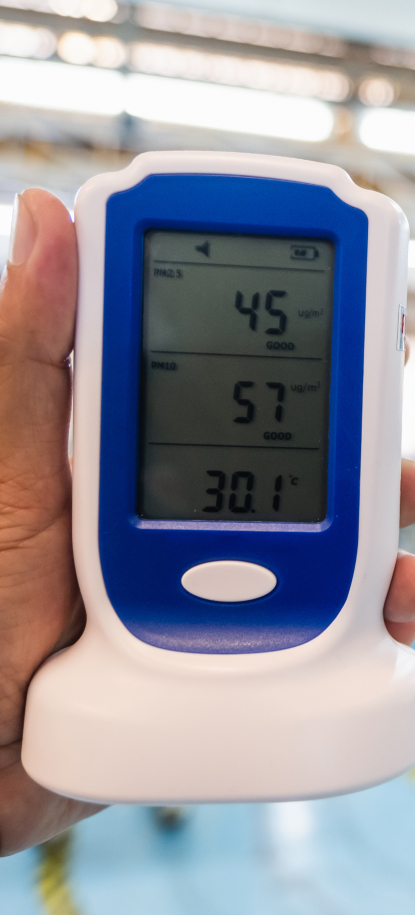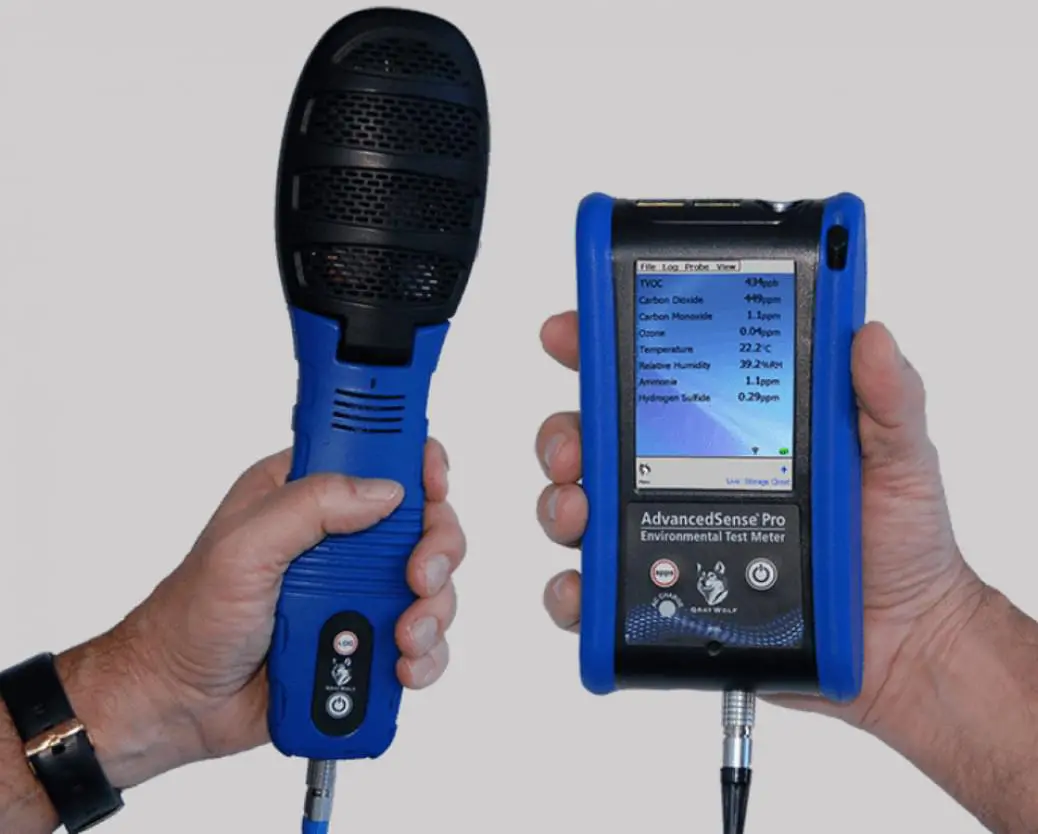




Quick Links:

Air quality is an important aspect of well-being in our residential homes and workplaces. Poor air quality indoors can lead to sensitivities in some people, and longer-term exposures may impact your health. These conditions include nausea, headaches, skin irritation, sick building syndrome, congestion, and runny nose. Typically, people spend around 90% indoors, and as a result, indoor air quality (IAQ) can have a significant impact on people’s health.
Most IAQ problems can be effectively diagnosed with educated observations, an awareness of odors, a sense of temperature and relative humidity, and a smoke tube to verify the existence and direction of air flows.

As a resident of KAUST, it is important to follow common sense practices in the home/workplace to reduce exposures to common air quality contaminants. These include: